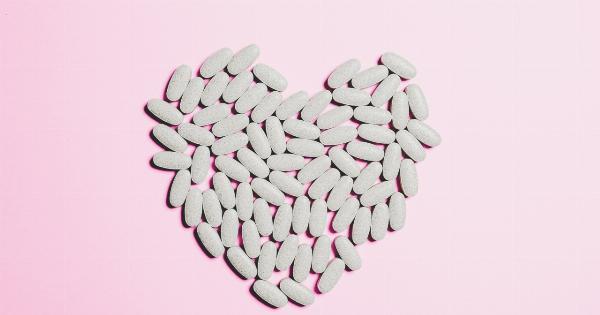Antibiotic resistance has become a global public health concern, with the World Health Organization (WHO) calling it one of the biggest threats to global health.
Antibiotic-resistant infections result in longer hospital stays, higher healthcare costs, and increased mortality rates. While the over-prescription and incorrect use of antibiotics by humans have been understood as key drivers of antibiotic resistance, there is another surprising culprit that has been overlooked – agriculture.
Antibiotics in Agriculture
Antibiotics are widely used in the agriculture industry to promote animal growth and prevent disease. In the United States alone, over 70% of medically important antibiotics are sold for use in food animals.
These antibiotics are given to healthy animals in their feed or water, and the low doses are intended to promote growth and prevent disease in crowded and unsanitary conditions.
However, the use of antibiotics in agriculture has unintended consequences. Bacteria in animals that receive antibiotics can develop resistance and can then spread this resistance to other bacteria, including those that cause infections in humans.
The resistant bacteria can be transmitted to humans through contact with animals, contaminated meat or water, or through the environment. Studies have shown that people who work in or live near livestock operations have higher rates of antibiotic-resistant infections.
The Link between Agriculture and Human Health
The link between antibiotic use in agriculture and human health is becoming increasingly clear.
Research has shown that bacteria from livestock, food, and the environment can carry antibiotic-resistant genes that can be transferred to human pathogens, making it harder to treat infections. The CDC has found that at least 2 million Americans are infected with antibiotic-resistant bacteria each year, and at least 23,000 die as a result.
Antibiotic resistance doesn’t just affect humans; it also has consequences for animal health. When antibiotics are used routinely, bacteria in animals can develop resistance, making it harder to treat infections when they occur.
This can result in increased animal suffering, lower productivity, and economic losses for farmers.
Policies to Address Antibiotic Resistance in Agriculture
There are policies in place to address the use of antibiotics in agriculture.
In the United States, the FDA has banned the use of antibiotics for growth promotion in food animals, and the use of medically important antibiotics for disease prevention requires a veterinary prescription. The European Union has gone further and banned the use of antibiotics for both growth promotion and disease prevention in food animals.
However, implementation of these policies has been slow and uneven.
A study published in the journal Environmental Health Perspectives found that roughly half of the antibiotics used in the United States are still used for non-therapeutic purposes in food animals. In addition, there is limited tracking and reporting of antibiotic use in agriculture, making it difficult to assess the scope of the problem and monitor progress.
Action Needed to Address Antibiotic Resistance in Agriculture
Antibiotic resistance is a complex issue that requires action from multiple sectors. In agriculture, efforts to reduce antibiotic use must be coupled with improvements in animal welfare, disease prevention, and management practices.
This will require training for farmers and veterinarians, investment in research and development of alternatives to antibiotics, and increased surveillance and reporting of antibiotic use and resistance.
Consumers can also play a role in reducing antibiotic use by choosing meat and poultry products that are produced without antibiotics. Many grocery stores and restaurants now offer these products, and they are becoming more widely available.
Conclusion
Antibiotic resistance is a global public health crisis that threatens the advances of modern medicine.
While the over-prescription and incorrect use of antibiotics by humans are important drivers of antibiotic resistance, the use of antibiotics in agriculture cannot be ignored. We must take action to reduce the use of antibiotics in food animals and promote alternative methods for disease prevention. By working together, we can preserve the effectiveness of antibiotics for future generations.





























